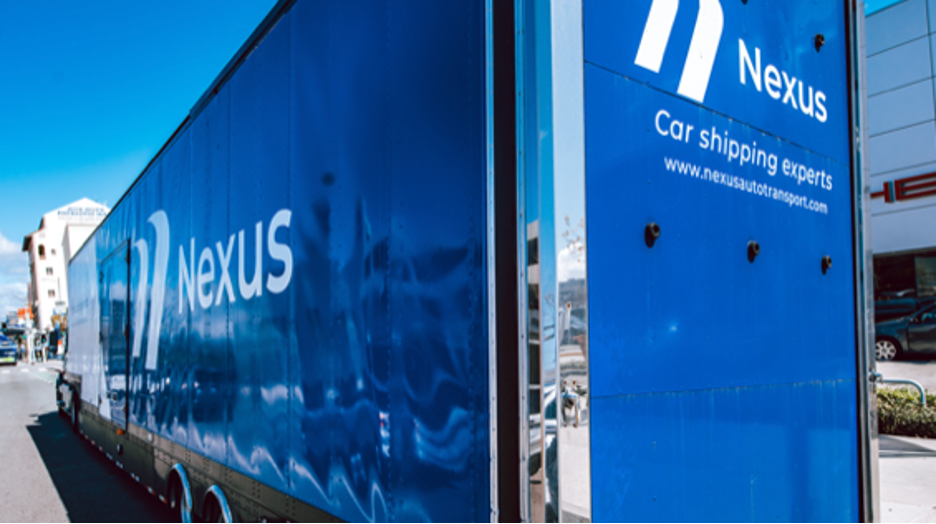When planning to transport your vehicle, one of the biggest factors influencing the final price is seasonal demand. Just like airfare or hotel rates, car transport costs fluctuate throughout the year depending on supply, demand, and weather-related challenges. Understanding these patterns can help you save money and plan your move more efficiently.
Why Does Seasonality Matter in Car Transport?
Car transport is a service-driven industry. Seasonal peaks occur when more people are relocating, buying vehicles, or escaping harsh climates. During these times, demand for carriers rises, which naturally increases prices. Conversely, in off-peak seasons, prices can be more competitive.
Key Seasonal Trends in Car Transport
1. Summer Relocation Boom
Summer is the busiest season for auto shipping. Families often move during school breaks, and snowbirds return north for warmer months. The high demand means carriers are booked quickly, raising the car shipping cost by 15–25%.
2. Winter Challenges
Winter presents weather-related risks such as snow, ice, and storms. While demand is generally lower in December and January, certain routes, especially state-to-state car shipping from cold northern regions to warmer southern states, see spikes in demand. Seasonal road closures can also affect pricing.
3. Spring and Fall Balance
Spring and fall tend to be the most cost-effective seasons. With moderate demand and milder weather, carriers can keep schedules predictable. This is often the best time to hire an auto transport company for both local and long-distance moves.
Factors That Influence Seasonal Pricing
Route Popularity – Popular destinations for cross-country car shipping may cost more during peak times.
Type of Transport – Choosing open auto transport is generally cheaper than enclosed auto transport, though the latter offers more protection during harsh winter conditions.
Urgency of Shipping – Booking last-minute during peak demand can significantly raise costs.
Vehicle Size and Weight – Larger vehicles may require specialized equipment, affecting cost.
Tips to Save on Seasonal Car Transport
Book Early: Lock in rates before peak season surges.
Be Flexible: If possible, ship during spring or fall for better pricing.
Compare Quotes: Different carriers may offer promotions depending on seasonal capacity.
Consider Transport Type: For standard vehicles, open auto transport is more cost-effective, while high-value cars may need enclosed auto transport despite higher costs.
Plan Routes Carefully: If you need to tow a car long distance, avoid routes prone to severe seasonal weather.
FAQs on Seasonal Car Transport Pricing
Why is summer more expensive for car transport?
Because many families relocate, students move for college, and snowbirds return north, creating a surge in demand.
Can winter transport be cheaper?
Yes, but it depends on your route. Northern-to-southern routes are more expensive due to snowbird migration, while less common routes may be cheaper.
Is spring really the best time to ship a car?
Often, yes. Moderate demand and milder weather make spring an ideal time for affordable and reliable transport.
Should I choose open or enclosed transport in winter?
For luxury, vintage, or high-value cars, enclosed auto transport offers protection against snow, salt, and ice. For everyday vehicles, open auto transport works well if weather conditions are not extreme.
How can I estimate my transport cost during peak season?
You can request quotes from multiple carriers and compare. Some companies even offer tools to calculate average costs based on distance, season, and vehicle type.



